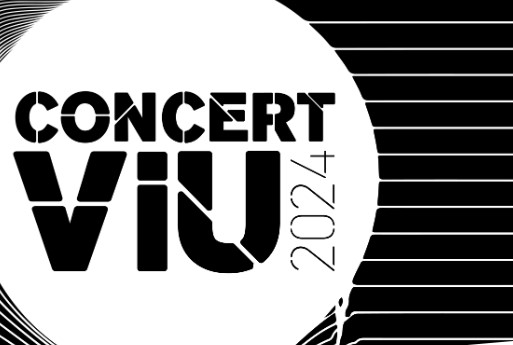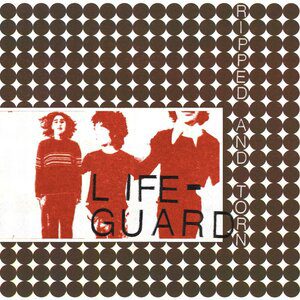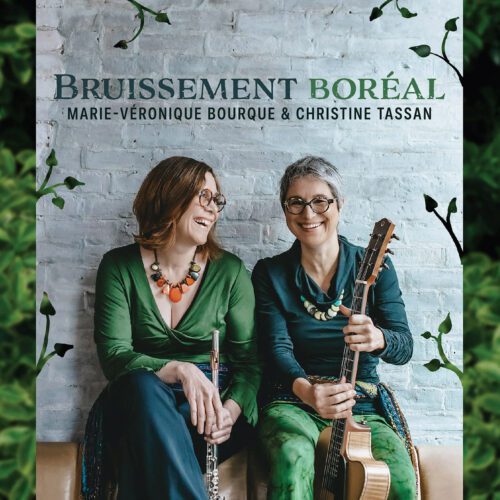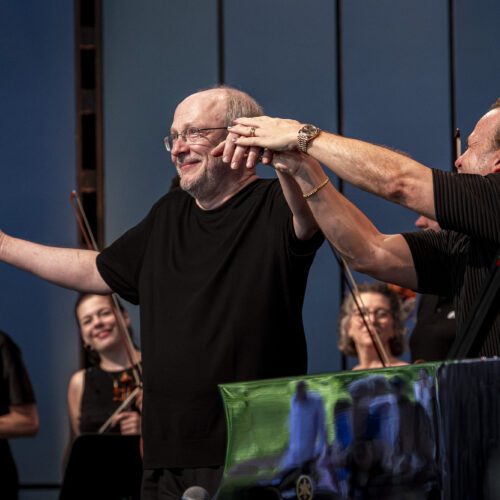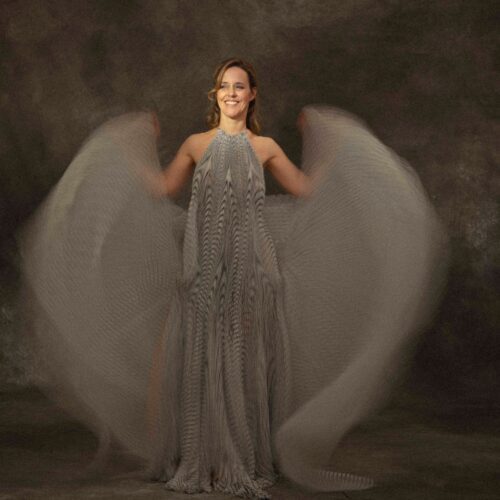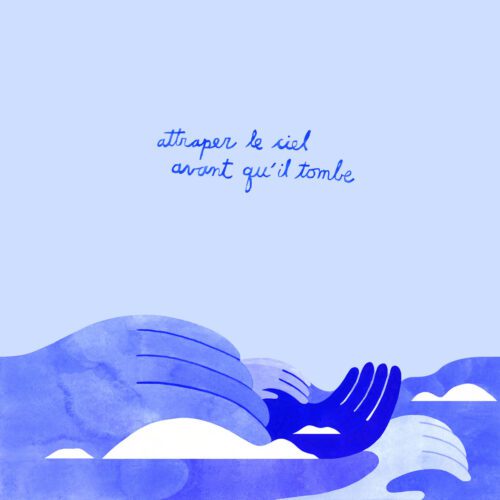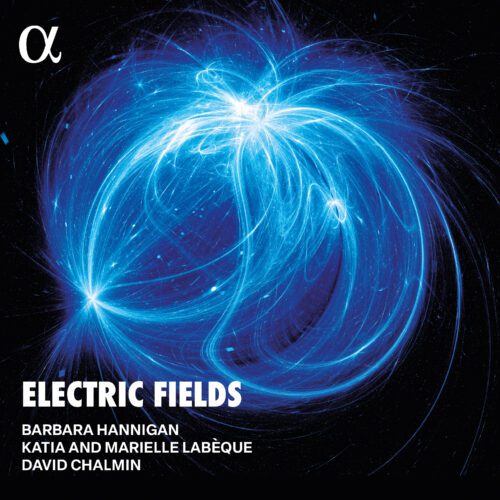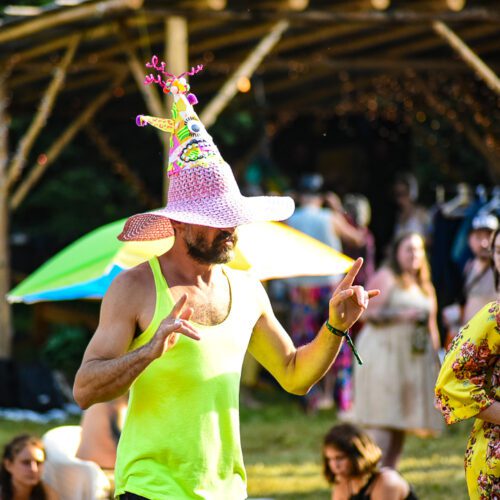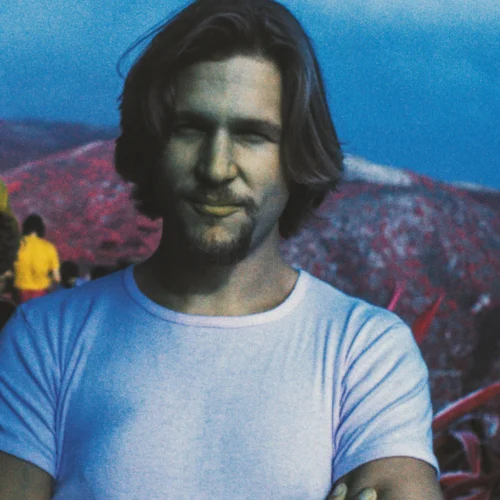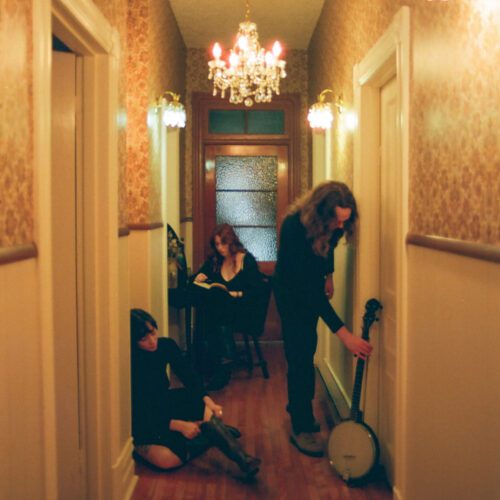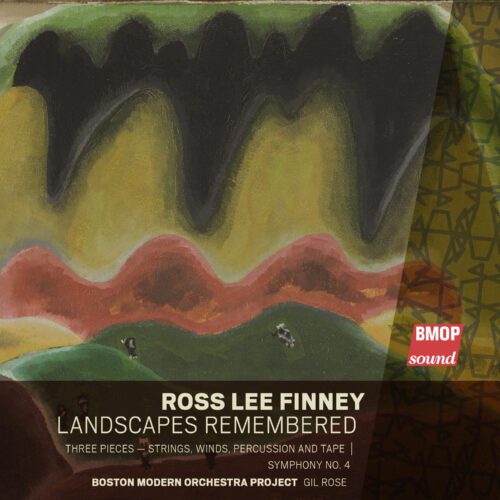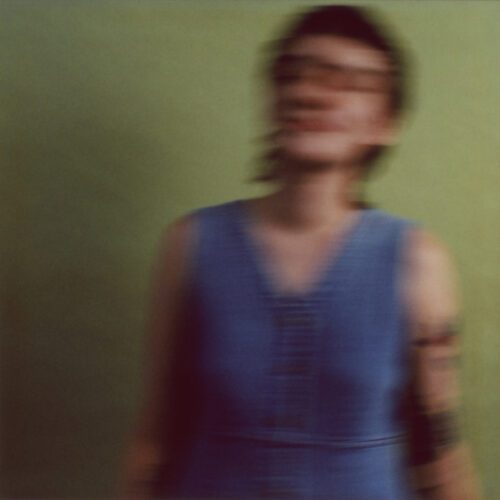Since 2015, Le Vivier has been the umbrella organization for the Vivier Interuniversitaire (ViU), a group that aims to create links between the various institutions of higher education in music in Montreal, to stimulate and give visibility to up-and-coming artists and their creations. Last night too place the ViU’s 8th annual concert, which featured some interesting and, above all, highly diverse discoveries.
The six works on the program were intended for a variety of musical formations. The first, Canción by Tomás Díaz Villegas, was for trumpet, accordion, two cellos and conductor. The great control of all the instrumentalists is particularly noticeable in the pianissimo moments. The trumpet takes pride of place, with melodic lines taking center stage, while the other three instruments accompany. The accordion, with its complex sound, acoustically bridges the gap between trumpet and strings, adding another dimension to the work. A very well-thought-out composition.
The second piece, As The Light Shines Through by David C. Gale, for electronics, requires no stage presence. The sound recording is launched, and the audience listens, absorbed, in the near-darkness of the auditorium. This is a spatialized work, with a three-dimensional soundscape. This highly evocative work explores sonorities. A steady beat is heard throughout the work, but this beat transforms, develops and moves around the room. This work is unsettling, in the best sense of the word.
Studies for the Second Womb, by Yulin Yan, is probably the most disconcerting piece on the program. Inspired by the universal (but forgotten) sensory experience of the moment spent in our mother’s womb, this work is composed of noises, onomatopoeia, clicks, echoes and breaths, partly produced by the performers, partly broadcast over loudspeakers. The saxophone and cello are given pride of place, but mainly to produce sounds outside the traditional repertoire of their respective instruments.
Philippe Mcnab-Séguin’s Generic Music 1: Trad drew the most enthusiastic response from the audience, and for good reason: it’s a surprising work that plays with our expectations of Quebec’s traditional music repertoire. This mixed composition combines a soundtrack with which the solo violinist plays. Just when you think you know where the melody is going, you branch off and go somewhere else entirely. We pass through trad music, of course, with great fiddling virtuosity, evoking the reels and other folk dances of Quebec. But we also explore prog rock, passing through metal with frantic distortions and rhythms.
Ramification by Hannah Barnes is a piece for solo percussionist. Behind an installation of drums, gongs and chimes, the performer takes us into a world of sonic exploration. We hear ghostly noises and sounds that seem to have emerged from a science-fiction movie soundtrack. There are also beautiful moments of contemplation, followed by frenetic moments.
Finally, Florence M. Tremblay’s Insides is performed by a string quartet. This work, which explores the use of quarter tones, requires each performer to tune differently. The work opens with long, held tones, and chords that change and evolve slowly. The immense control of each performer is commendable: the notes are stable, impeccably stable, despite the very soft nuances and dissonances. The work ends with chromatic scales, where the instrumentalists come together for a fraction of a second, once in a while.
The evening’s varied program demonstrated the many different modes of expression in new music. The works were carried throughout the concert by remarkable performers. We can’t wait to see the careers of this brilliant new generation develop.
